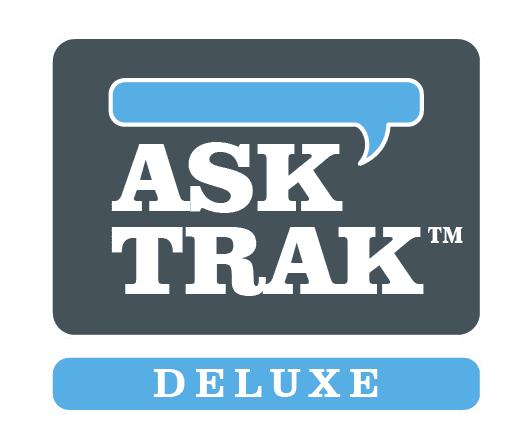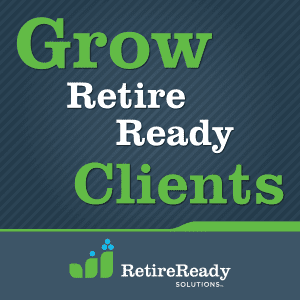While much has been written about the general lack of retirement readiness among the workforce, there are other costs to this retirement crisis that receive less attention. Delayed worker retirement can have high costs for plan sponsors as well, another reason why it is in plan sponsors’ interests to provide a well-designed retirement plan and encourage employees to participate. New research from Prudential (removed by prudential, archived copy provided) shines some light on this topic.
When workers who would otherwise be eligible to retire decide to remain in the workforce, companies must continue to pay their higher salaries rather than hiring new employees at a lower salary. For each worker who does not retire, this costs, on average $50,000 per year. This cost represents the salary difference between the retirement age worker and a younger worker. These costs account for 1 to 1.5% of all workforce costs.
How are employers managing these increased costs? About half (49%) will try to absorb costs but 41% indicate that they will pass the costs on to their employees by:
- Decreasing healthcare benefits (33%)
- Decreasing employer retirement plan contributions (28%)
- Decreasing life and disability insurance (24%)
- Slowing salary raises, promotions, and hiring (30%)
The sad thing is, these reductions may worsen the problem. Indeed, 65% of Baby Boomers say they will work past age 65, and of those 62% indicated it was because of income or health insurance needs.
Reducing employer retirement plan contributions will decrease the chances of workers being adequately prepared financially for retirement. Cutting healthcare benefits will also make the situation worse because many workers who could otherwise retire choose to delay retirement to be able to retain their employer-sponsored health insurance. The number of workers who delay retirement over healthcare issues may even increase with uncertainly over the fate of the Affordable Care Act and what might replace it.
There is an impact on younger workers as well. As companies slow hiring and promotion to account for the costs of delayed retirement, they create a promotion blockage for younger employees. For every 2% of retirement-eligible workers who delay retirement, 10% of younger workers will experience a delay in their promotion. Younger workers, frustrated at a lack of career trajectory, may find work at another employer thus further increasing company costs through workforce turnover.
What can plan sponsors do to help alleviate the problem of delayed retirement?
Good retirement plan design can help those still saving for retirement. Features like auto-enrollment in the plan and auto-escalation of contributions can help get employees into the plan and make sure they are increasing their savings over time. If auto-portability becomes common, that will also help prevent leakage if employees change jobs. Some plan sponsors are trying other elements like introducing Target Date Funds as the Qualified Default Investment Alternative and providing financial wellness programs for employees. There is some current buzz in the industry about whether Health Savings Accounts might be a vehicle to answer both retirement savings and healthcare costs concerns.
Outside of the plan, some plan sponsors might introduce new work arrangements that make it easier for retirement-eligible workers to phase out of the workforce through job sharing, working part-time, or changing to less demanding roles. All of these would reduce costs, allow workers to have a managed transition into retirement, and retain the experience and expertise of older workers.
For advisors helping plan sponsors with retirement readiness, plan design, and implementation, encouraging the plan sponsor to have an honest evaluation of the costs incurred through delayed retirement may give them the necessary encouragement to try new plan features or introduce new benefits like financial wellness.
The Retirement Analysis Kit (TRAK) is powerful retirement planning software for advisors. For TRAK and TRAK-Online users, the Participant Benchmark report includes a participant outcomes section showing if the employees are on track for retirement as well as historical information to let the plan sponsor if retirement readiness is improving over time. Check it out!



